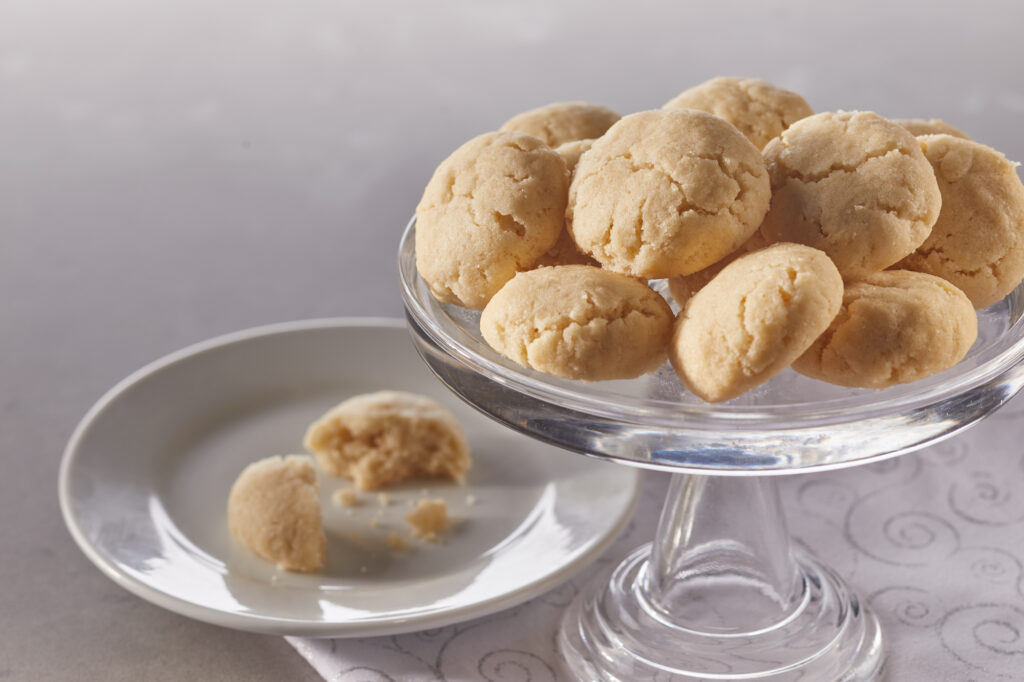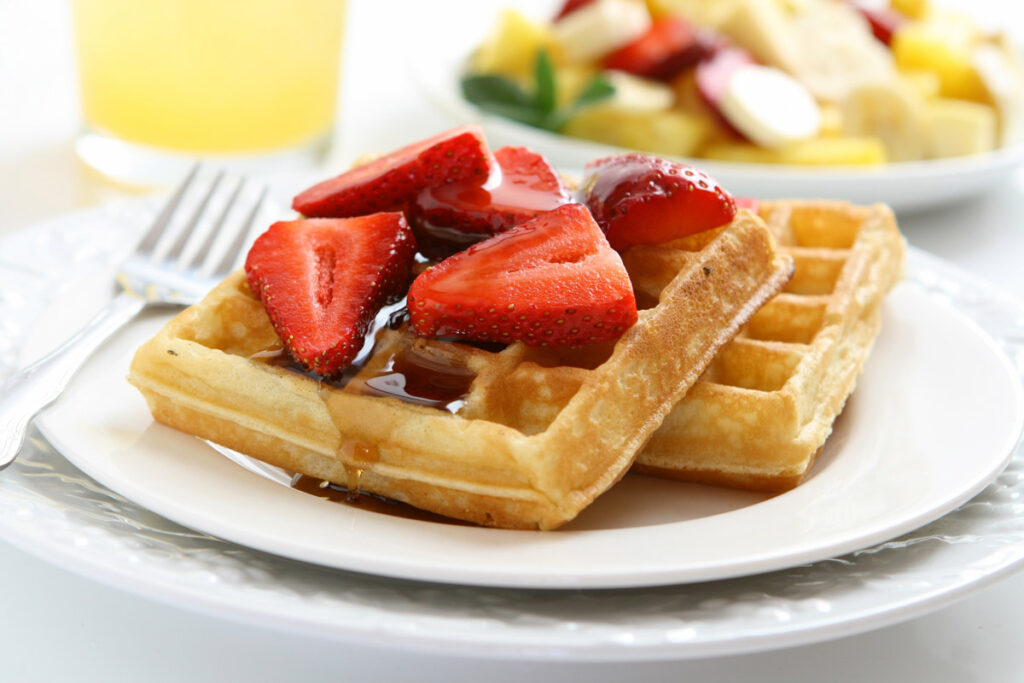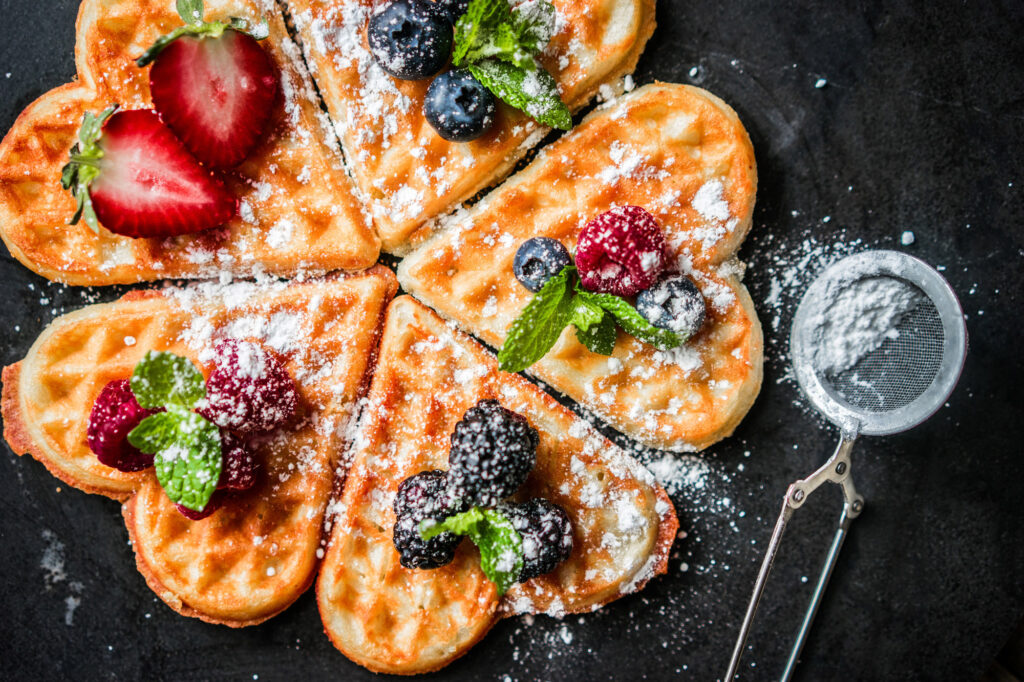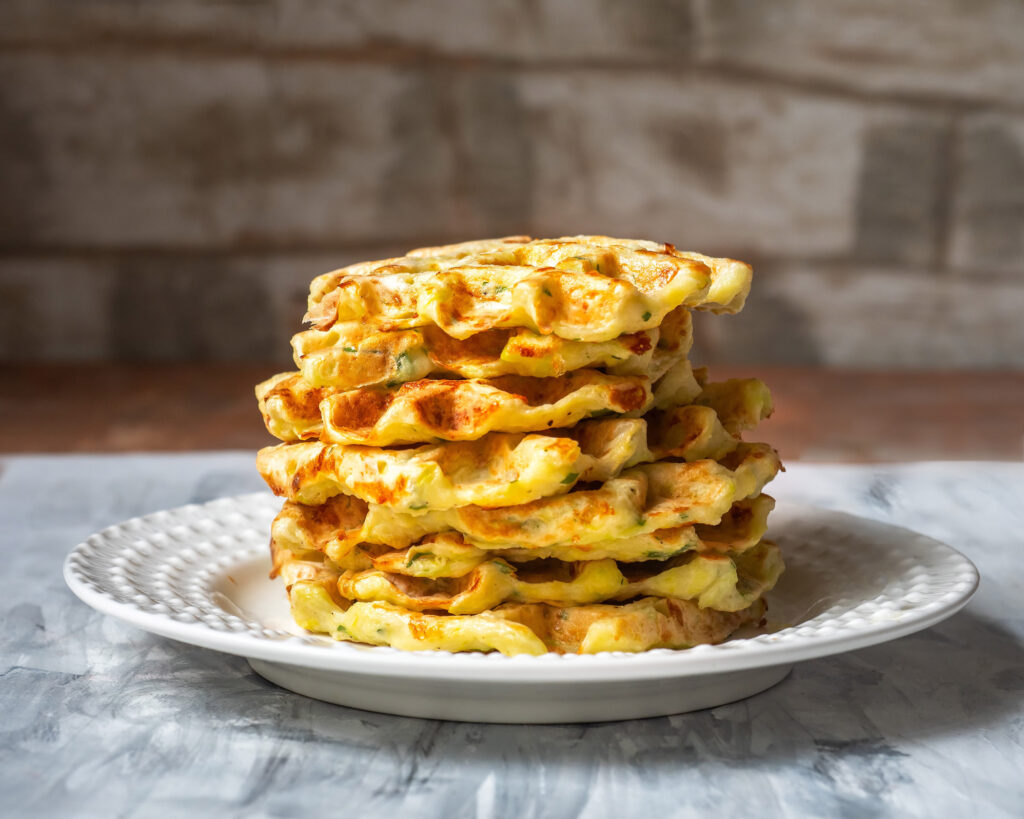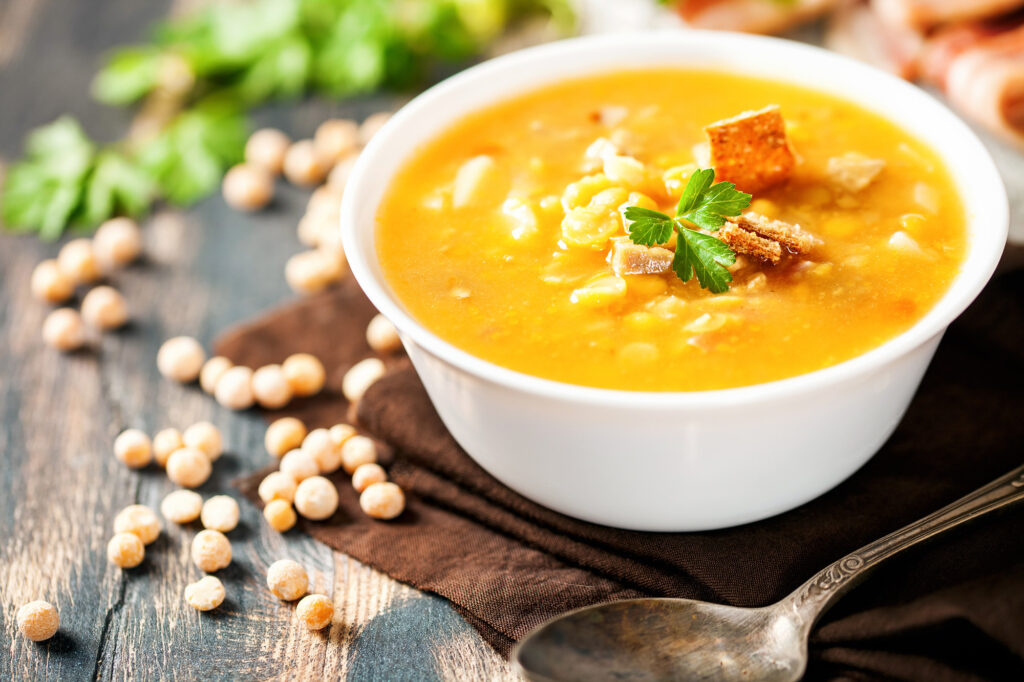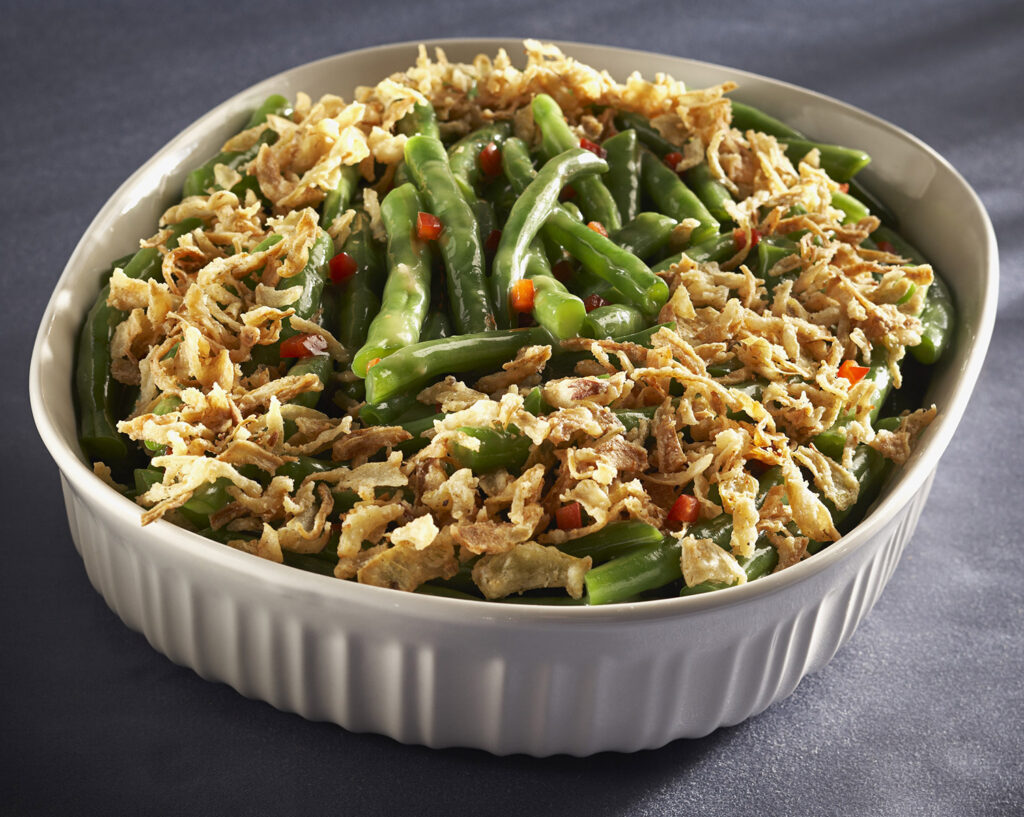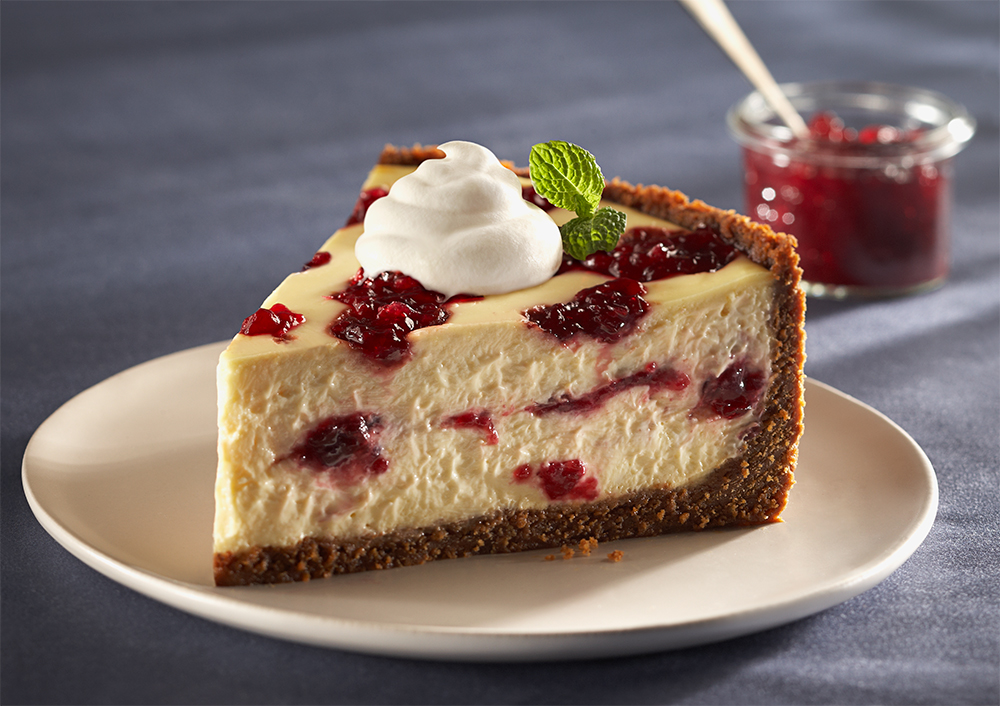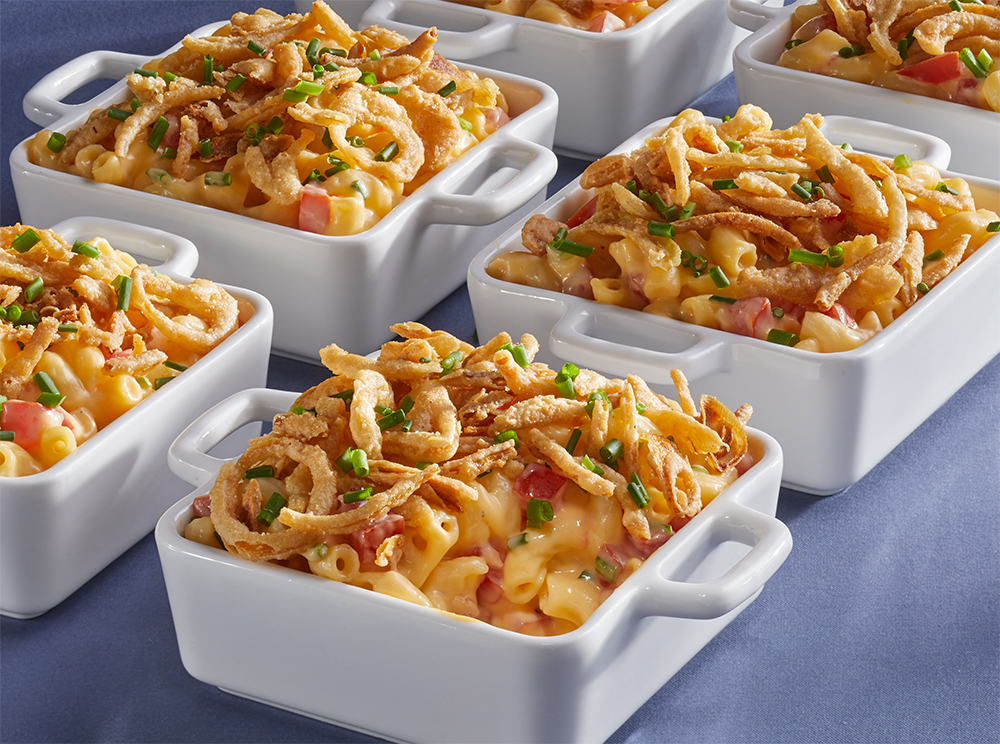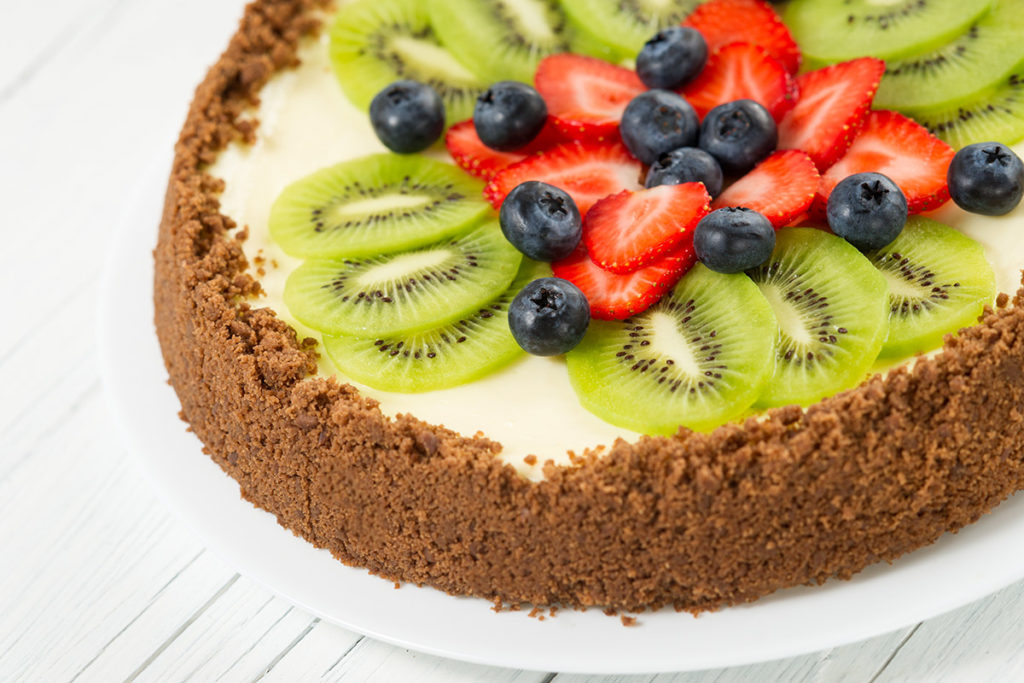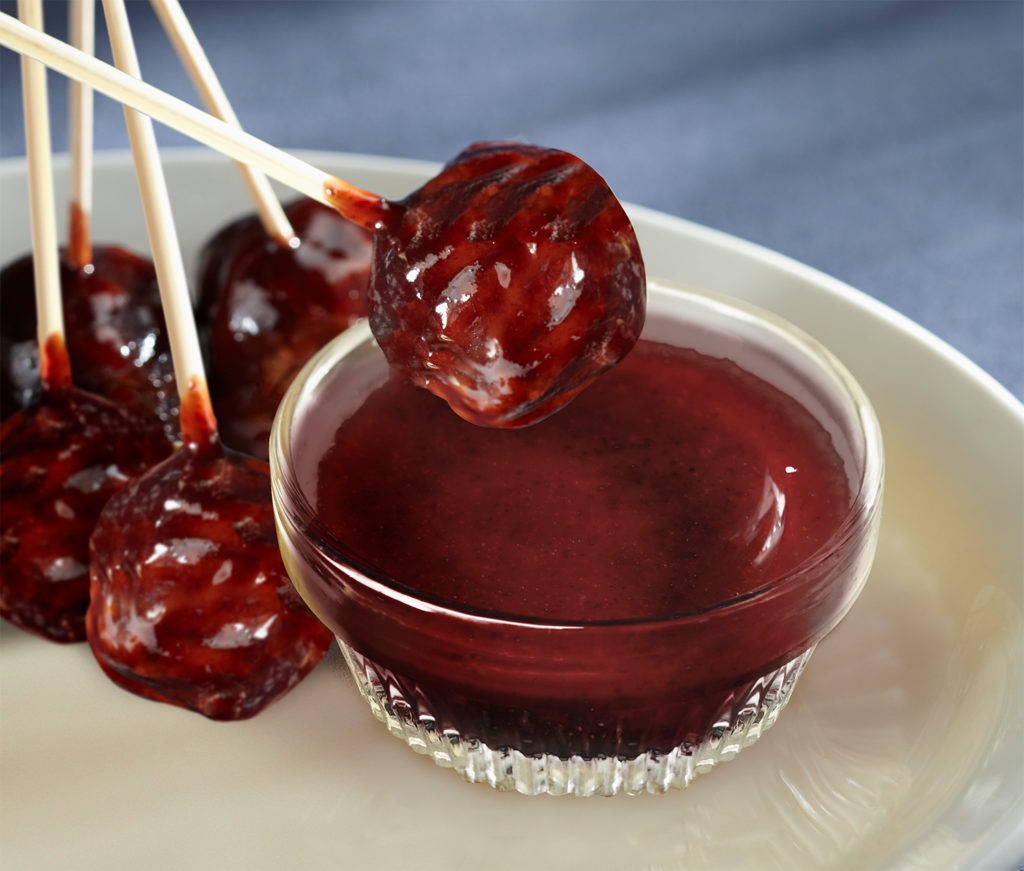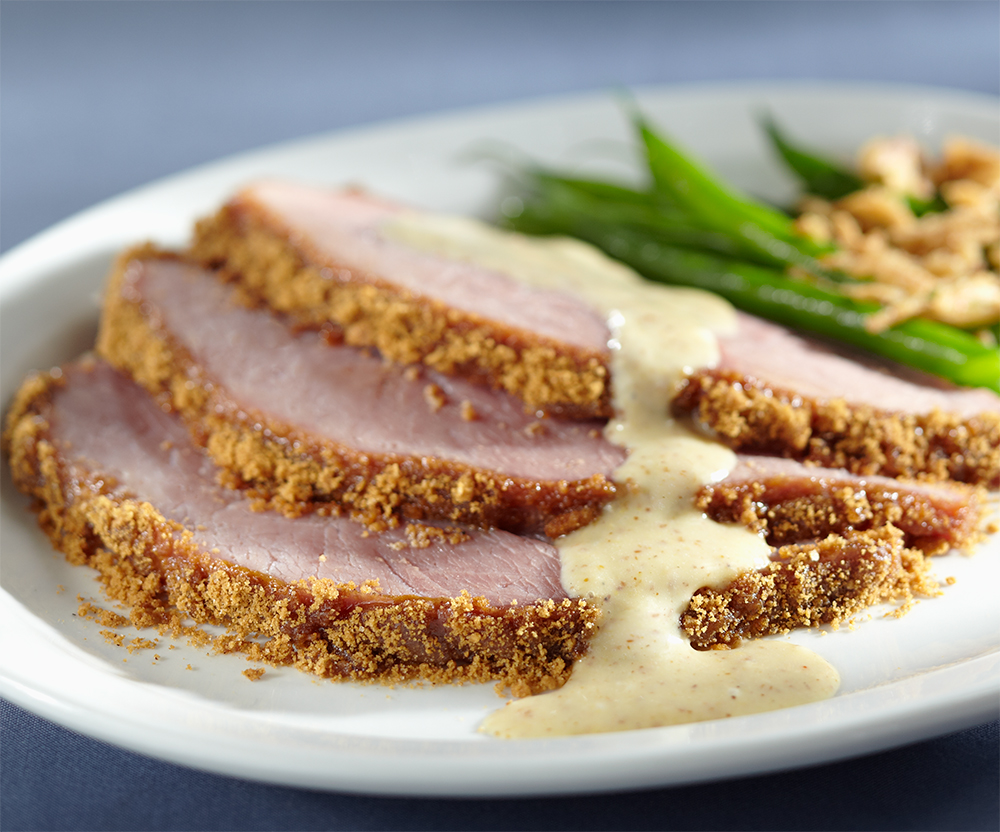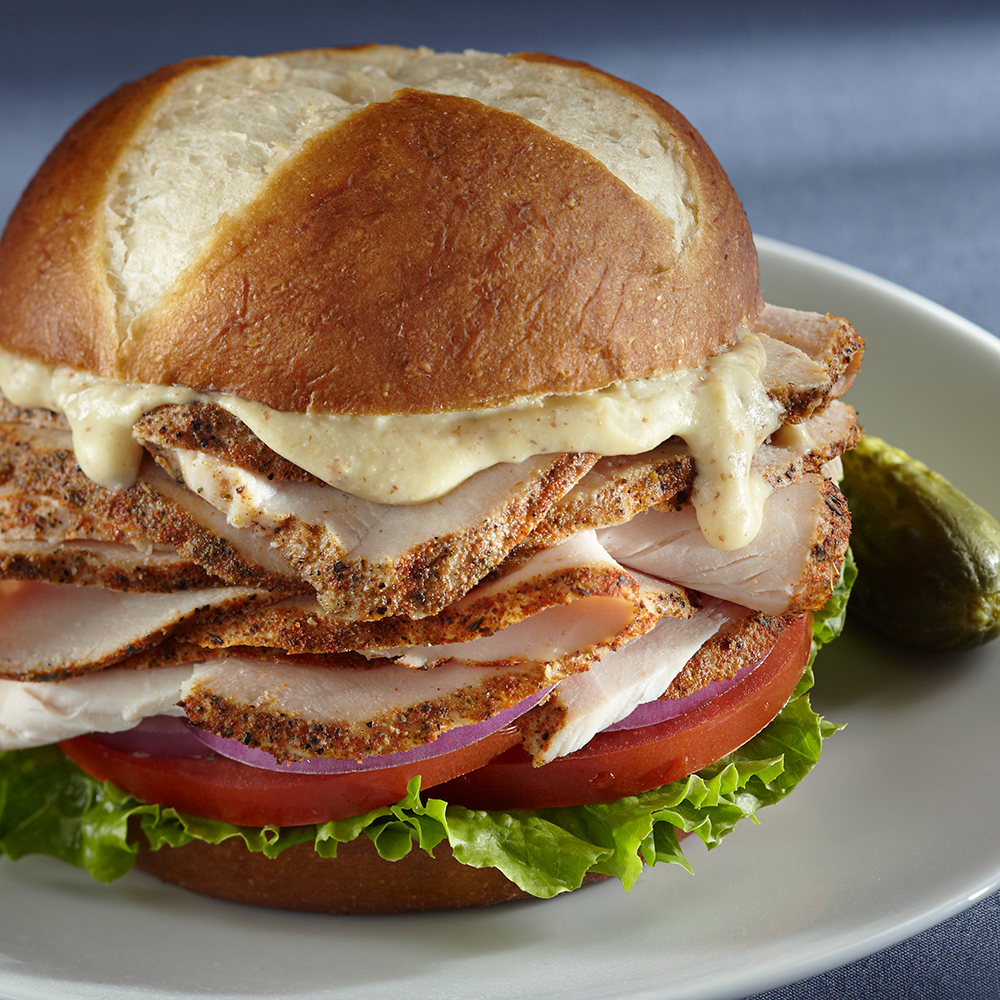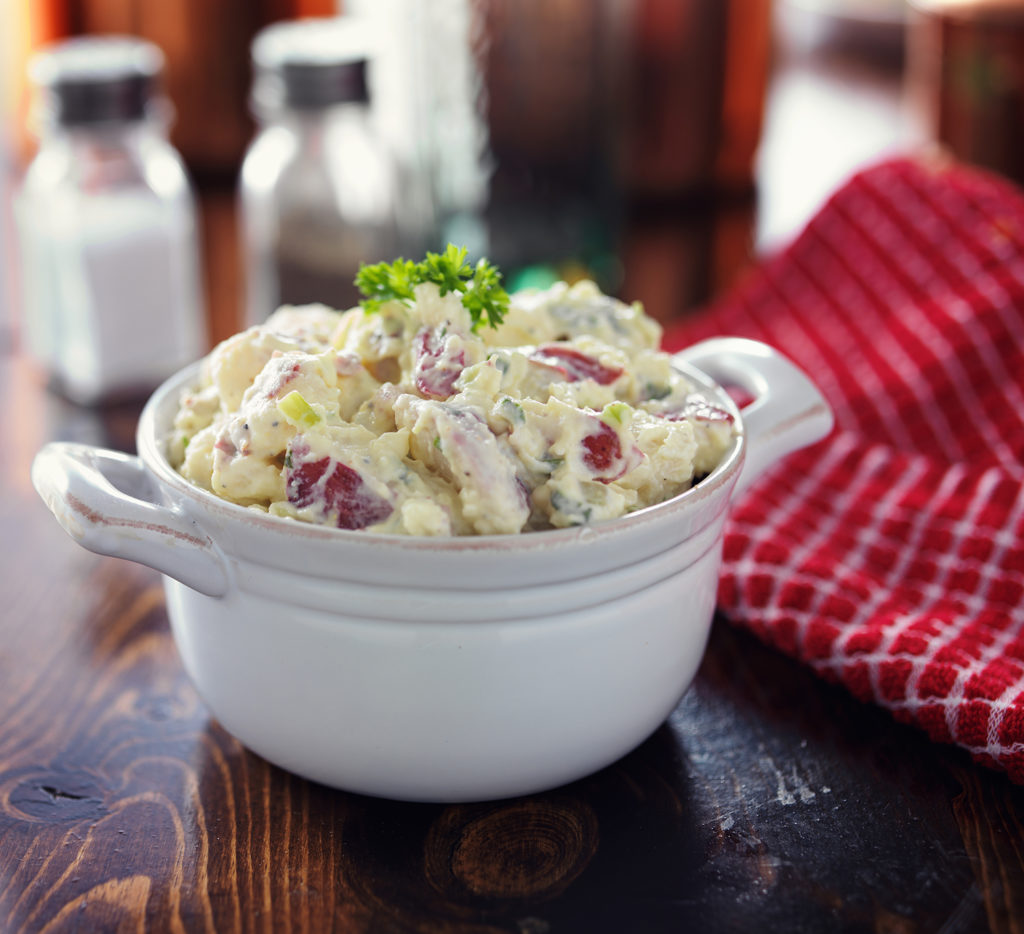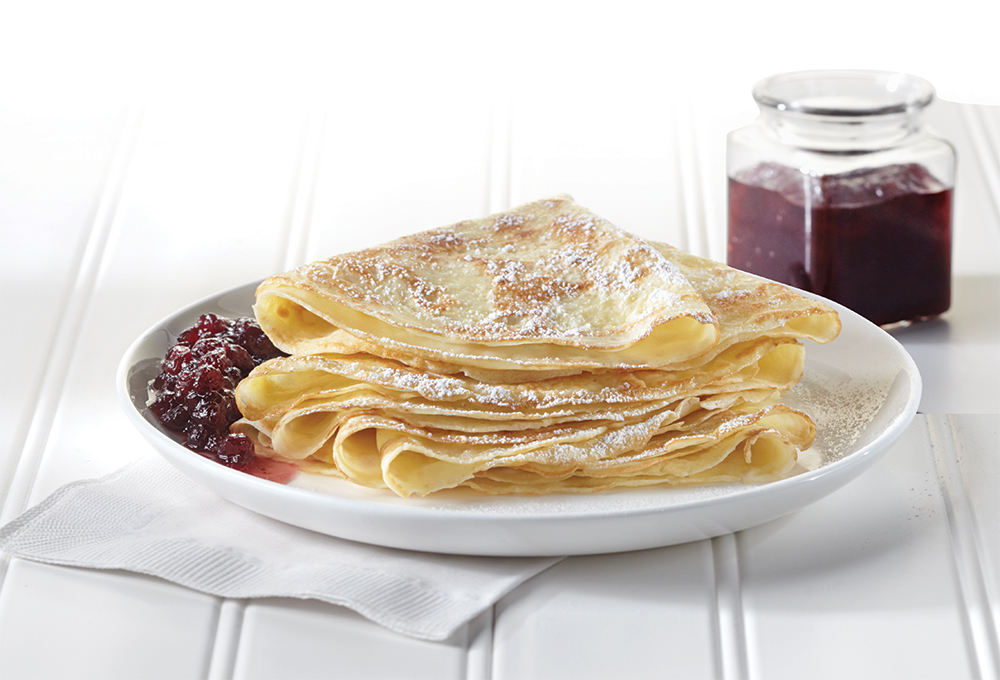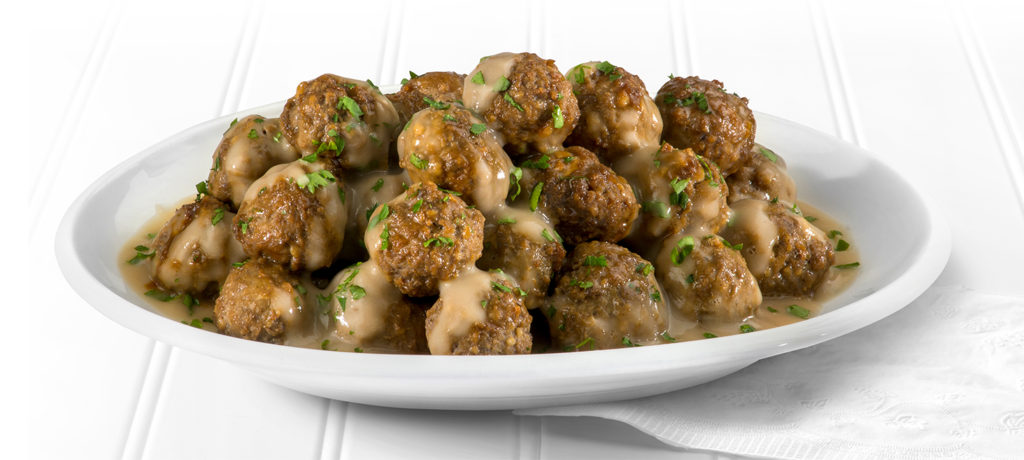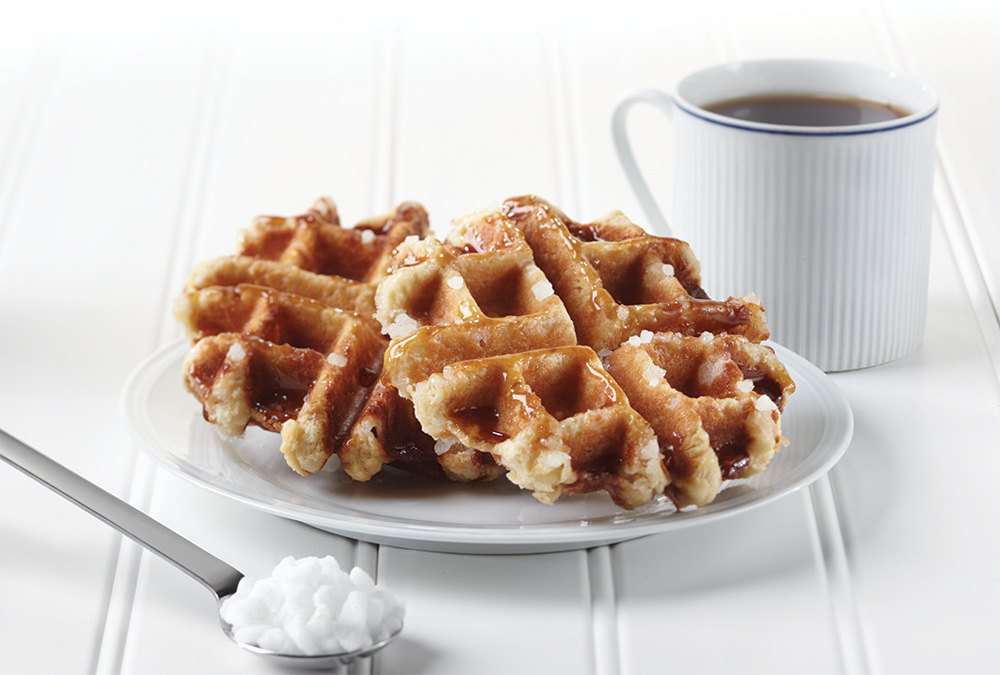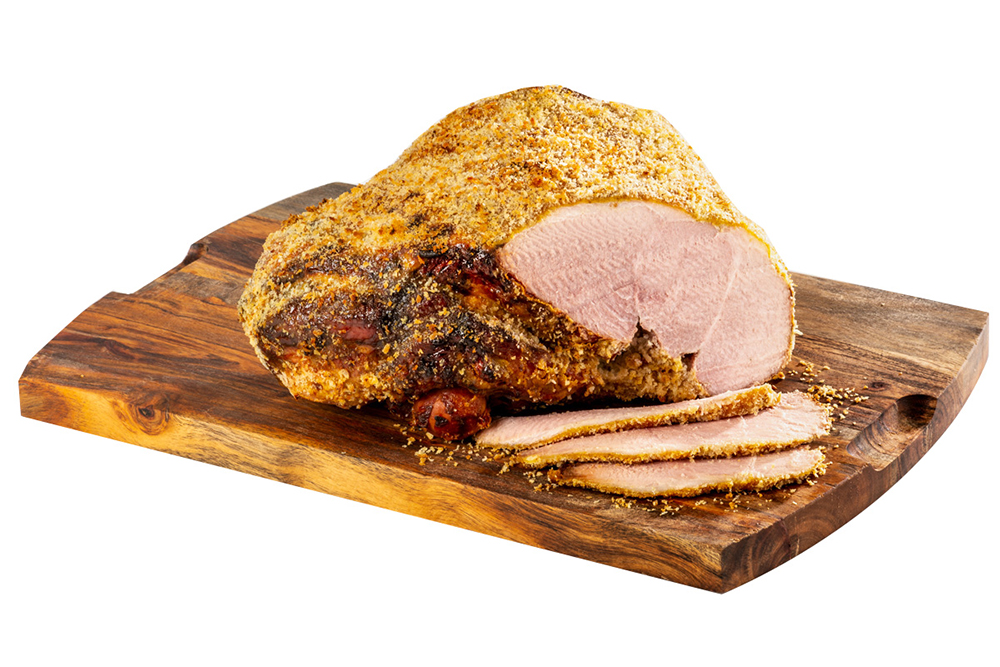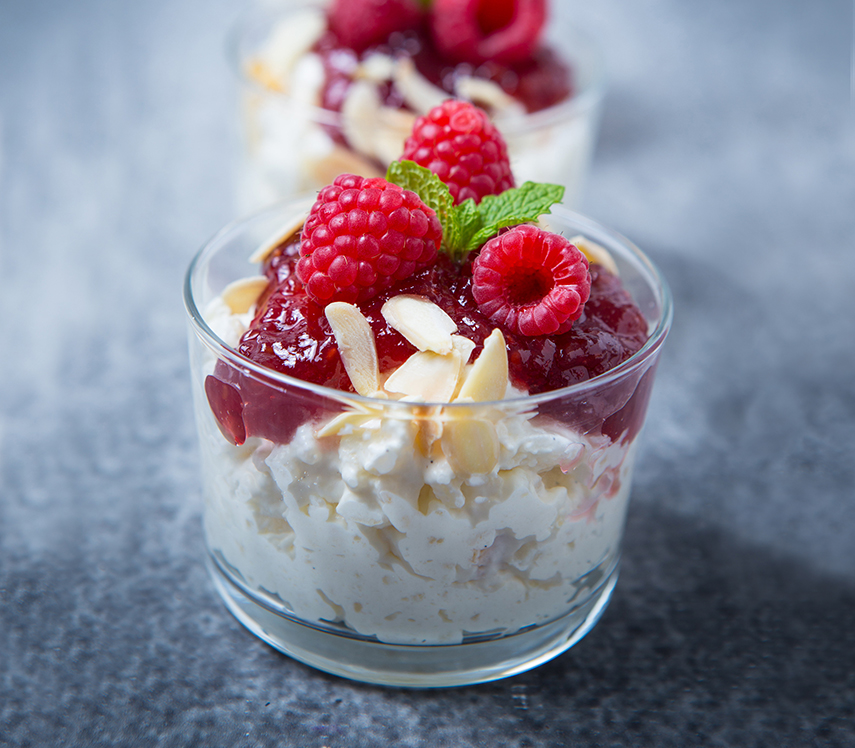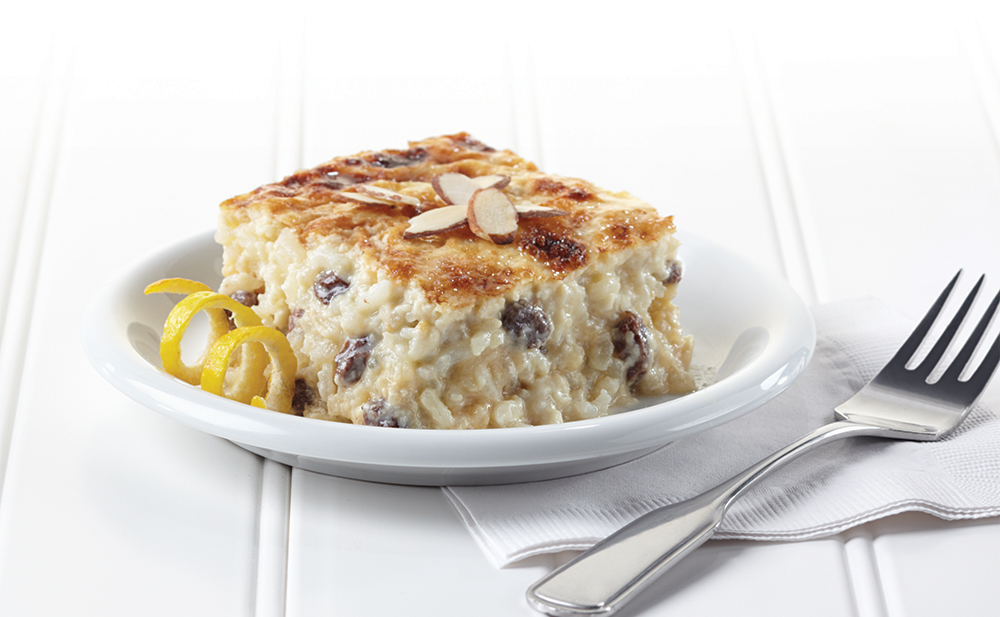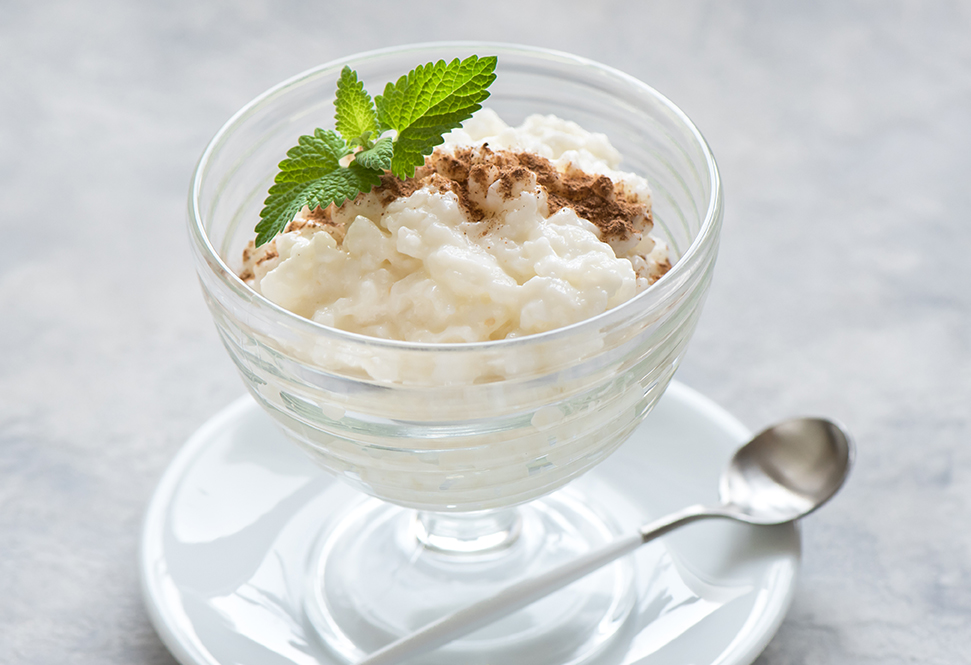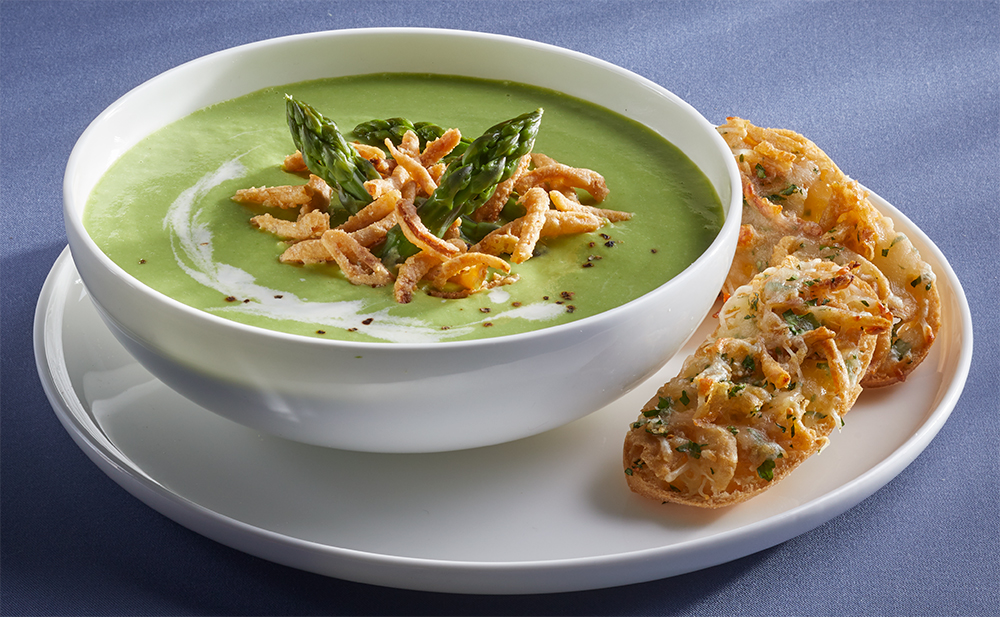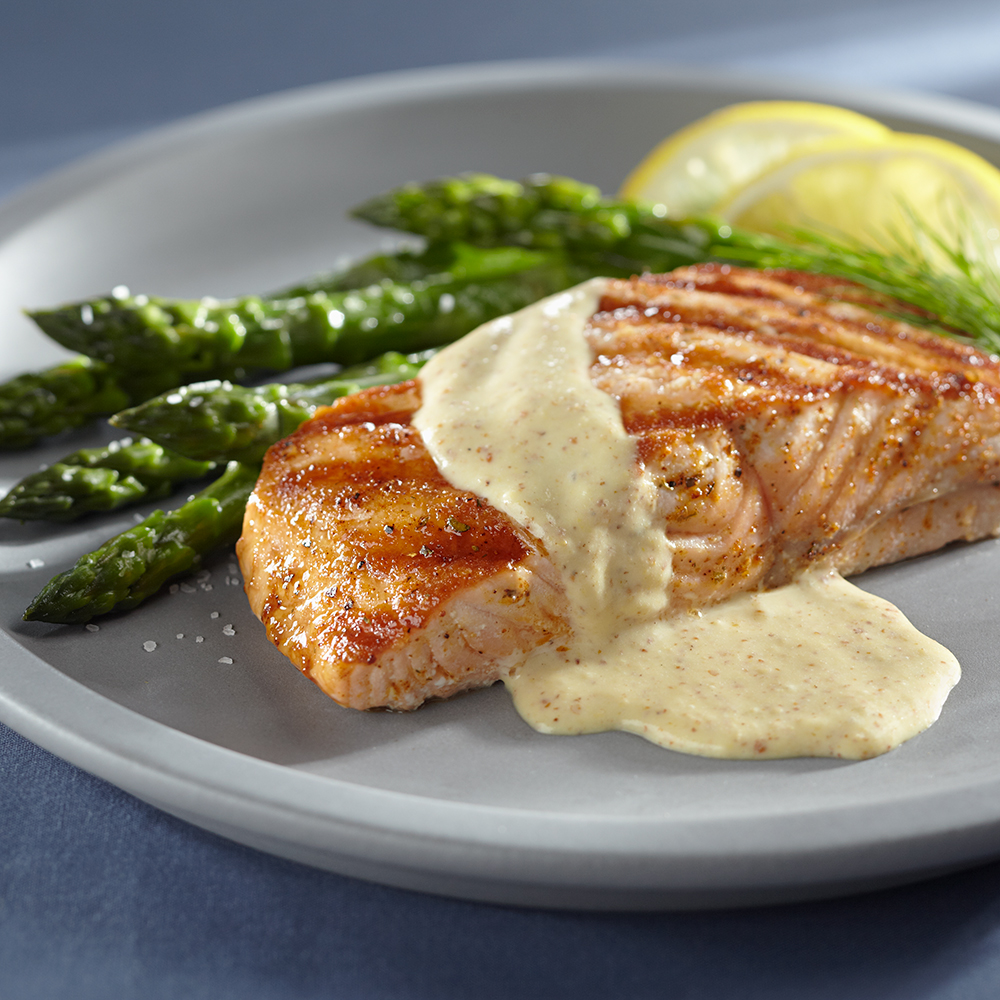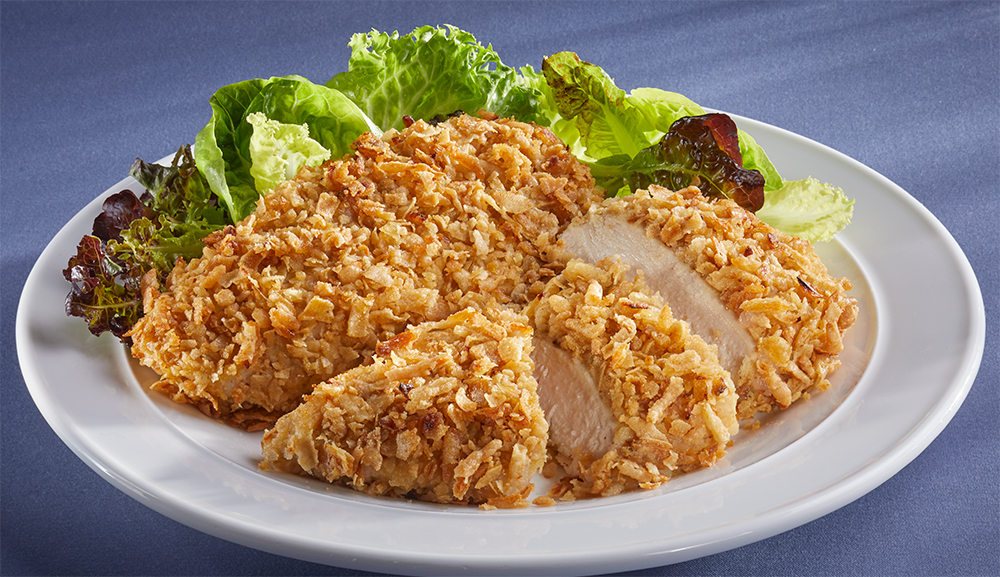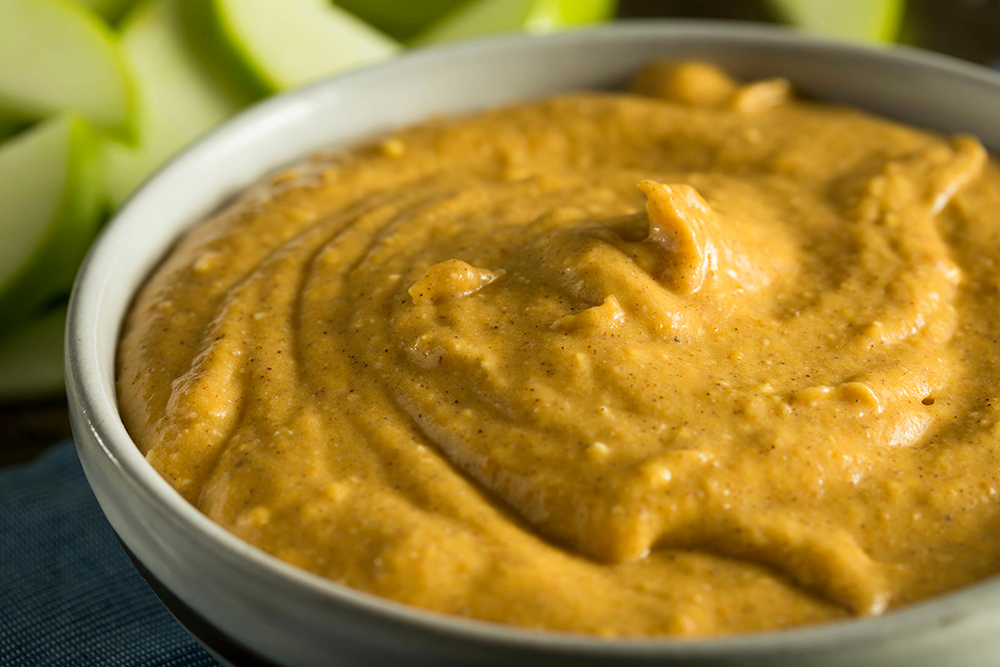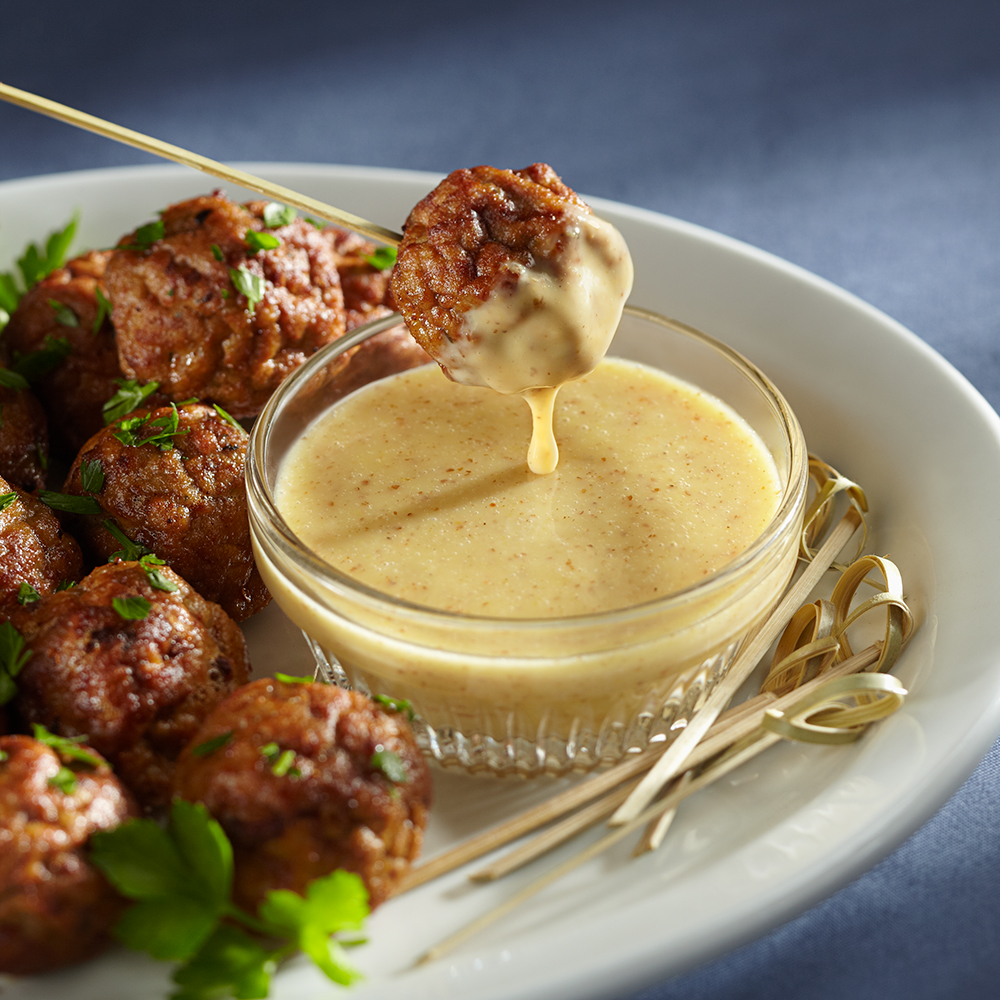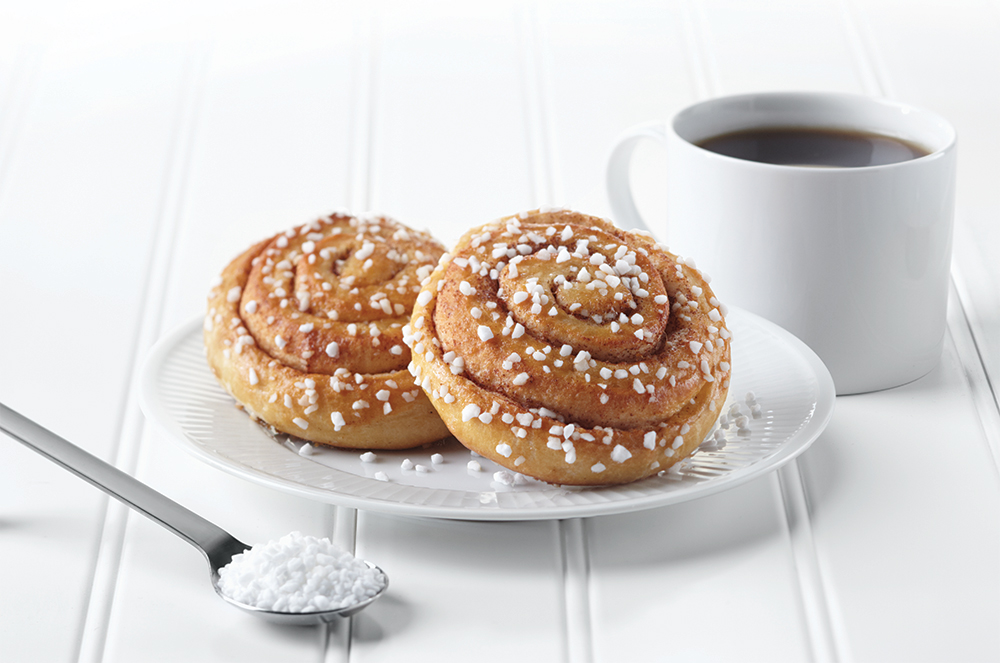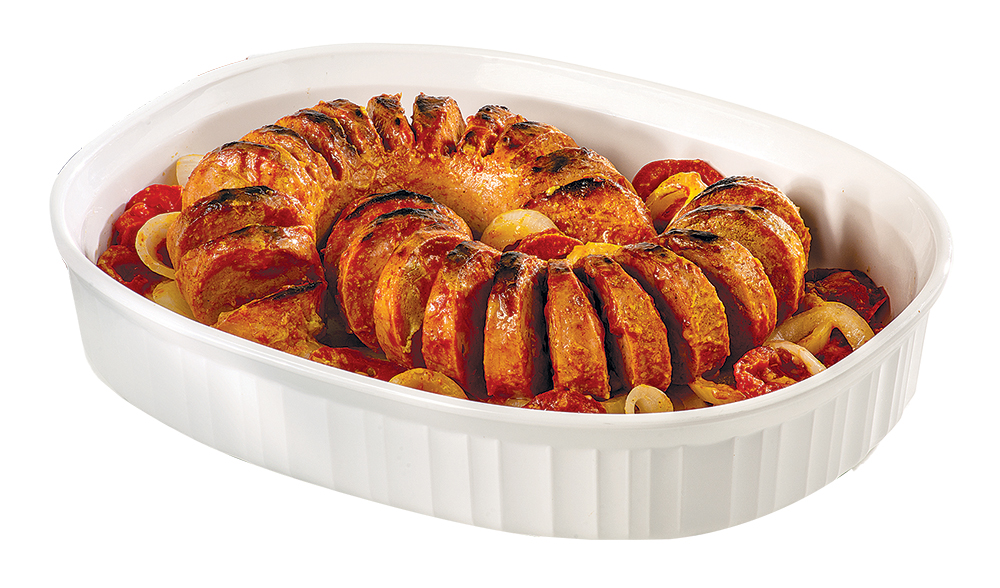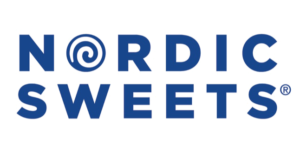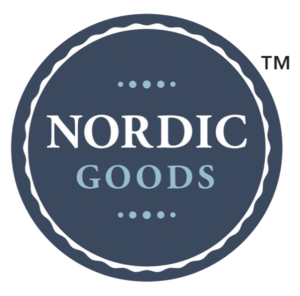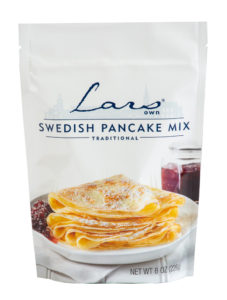 Lars Own®
Lars Own®
Featuring everyday favorites and seasonal specialties, Lars Own® encompasses a wide range of traditional and iconic Swedish and Scandinavian foods. From savory ready-to-eat items like Swedish Meatballs to a key ingredient in Swedish baking, Pearl Sugar, you’re bound to find what you need. Looking for other Swedish specialties you don’t see? Contact us with your suggestions!

Find Lars Own® products
Where To Buy Lars Own®
Lars Own®
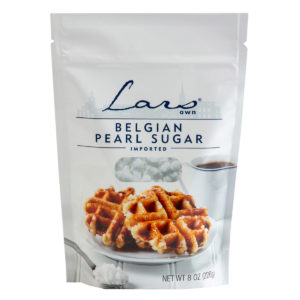 Lars Own®
Lars Own®
Belgian Pearl Sugar
 Lars Own®
Lars Own®
Swedish Pearl Sugar
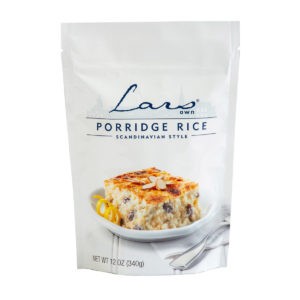 Lars Own®
Lars Own®
Scandinavian Style Porridge Rice
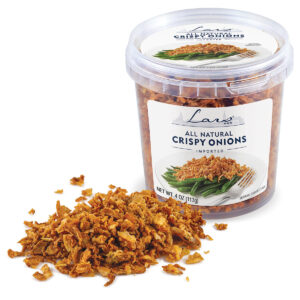 Lars Own®
Lars Own®
Crispy Onions
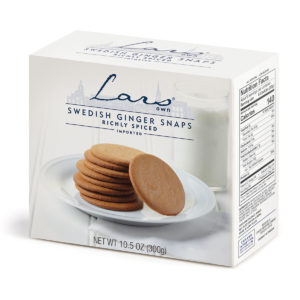 Lars Own®
Lars Own®
Swedish Ginger Snaps Box
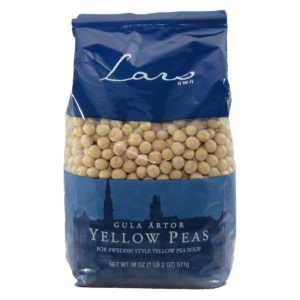 Lars Own®
Lars Own®
Yellow Peas
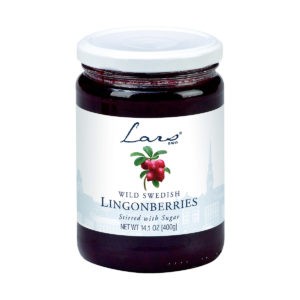 Lars Own®
Lars Own®
Wild Swedish Lingonberries Jar
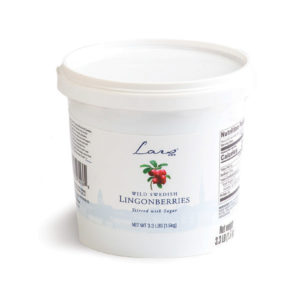 Lars Own®
Lars Own®
Wild Swedish Lingonberries Tub
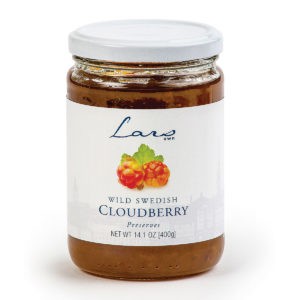 Lars Own®
Lars Own®
Wild Swedish Cloudberry Preserves Jar
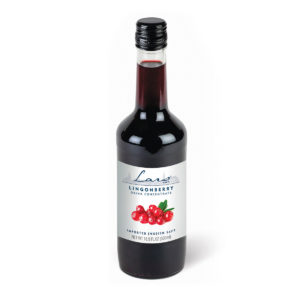 Lars Own®
Lars Own®
Lingonberry Drink Concentrate (Saft) Bottle
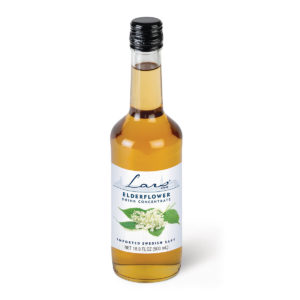 Lars Own®
Lars Own®
Elderflower Drink Concentrate (Saft) Bottle
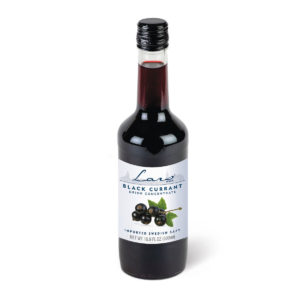 Lars Own®
Lars Own®
Black Currant Drink Concentrate (Saft) Bottle
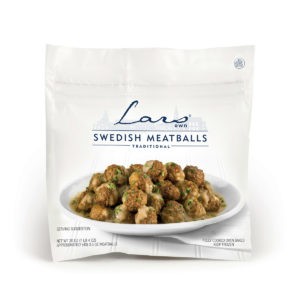 Lars Own®
Lars Own®
Swedish Meatballs
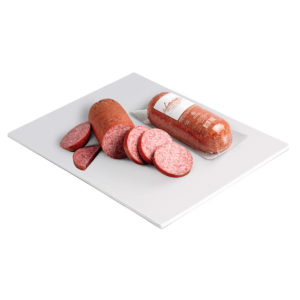 Lars Own®
Lars Own®
Gothenburg Sausage 10 oz
Learn more about the heritage of Lars Own®
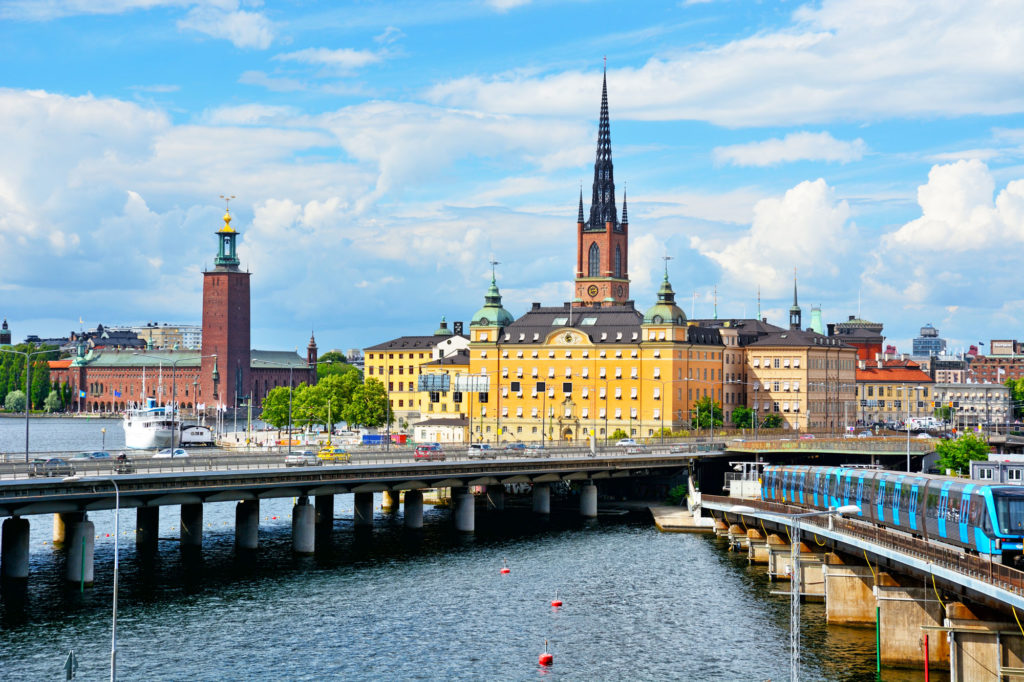
Sweden is a Scandinavian nation with thousands of coastal islands and inland lakes, along with vast boreal forests and glaciated mountains. Its principal cities, eastern capital Stockholm and southwestern Gothenburg and Malmö, are all coastal. Stockholm is built on 14 islands. It has more than 50 bridges, as well as the medieval old town, Gamla Stan, royal palaces and museums such as open-air Skansen.
Sweden’s proximity to the North Atlantic and prevailing south-westerly to westerly winds result in a climate that is mild in the winter months, but the northernmost part of the country has a sub-Arctic climate with long, cold and snowy winters.
Due to Sweden’s large north-to-south expanse, there are regional differences between the cuisine of North and South Sweden. Historically, in the far north, meats, such as reindeer and other game dishes, were eaten while fresh vegetables have played a larger role in the South. Many traditional dishes employ simple, contrasting flavors such as the traditional dish of meatballs and brown cream sauce with tart, pungent lingonberry jam.
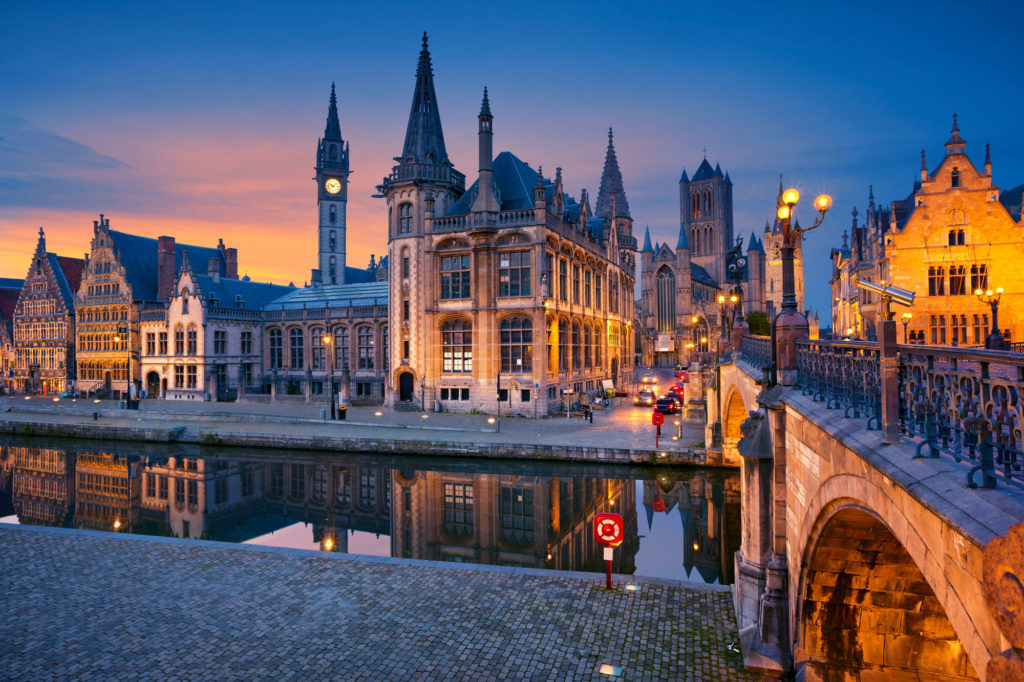
Belgium, a country in Western Europe, is known for medieval towns, Renaissance architecture and as headquarters of the European Union and NATO. The country has distinctive regions including Dutch-speaking Flanders to the north, French-speaking Wallonia to the south and a German-speaking community to the east. The bilingual capital, Brussels, has ornate guildhalls at Grand-Place and elegant art-nouveau buildings.
Belgium has a temperate maritime climate characterized by moderate temperatures, prevailing southerly to westerly winds, abundant cloud cover and frequent precipitation. Summers are relatively cool and humid and winters relatively mild and rainy.
Belgian cuisine is widely varied with significant and regional variations, while also reflecting the cuisines of neighboring France, Germany and the Netherlands. It is sometimes said that Belgian food is served in the quantity of German cuisine but the quality of French food. Outside the country, Belgium is best known for its chocolates, waffles, fries and beer.
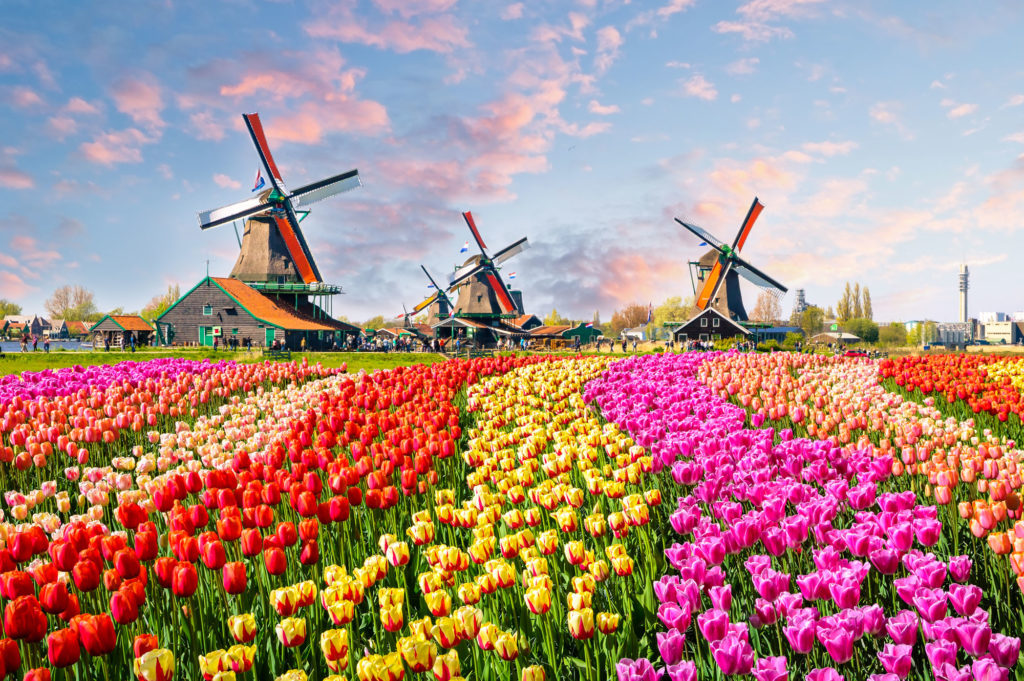
The Netherlands, a country in northwestern Europe, is known for a flat landscape of canals, tulip fields, windmills and cycling routes. Amsterdam, the capital, is home to the Rijksmuseum, Van Gogh Museum and the house where Jewish diarist Anne Frank hid during WWII. Canalside mansions and a trove of works from artists including Rembrandt and Vermeer remain from the city’s 17th-century “Golden Age.”
The Netherlands is located in a temperate zone. Throughout the country, mean winter temperatures are about 37°F and mean summer temperatures are around 62°F degrees Fahrenheit. The coastal regions have more hours of sunshine than the inland regions.
Dutch cuisine is often seen as rustic. In the late 19th and early 20th century, Dutch food became designed to be economical and filling rather than pleasing, with many vegetables and little meat. The Dutch diet contains many dairy products and is relatively high in carbohydrates and fat, reflecting the needs of laborers. Many holidays, however, are celebrated with special foods.

Norway is a Scandinavian country encompassing mountains, glaciers and deep coastal fjords. Oslo, the capital, is a city of green spaces and museums. Preserved 9th-century Viking ships are displayed at Oslo’s Viking Ship Museum. Bergen, with colorful wooden houses, is the starting point for cruises to the dramatic Sognefjord. Norway is also known for fishing, hiking and skiing, notably at Lillehammer’s Olympic resort.
Most of Norway has a maritime climate with mild winters and cool summers. Because of the influence of the North Atlantic Ocean, Norway has a much warmer climate than its latitudinal position would indicate.
Norwegian cuisine in its traditional form is based largely on the raw materials readily available. It differs in many respects from continental cuisine through the stronger focus on game and fish. Many of the traditional dishes are the result of using conserved materials, necessary because of the long winters.
Modern Norwegian cuisine, although still strongly influenced by its traditional background, has been influenced by globalization: pasta, pizza, tacos, and the like are as common as meatballs and cod as staple foods.
